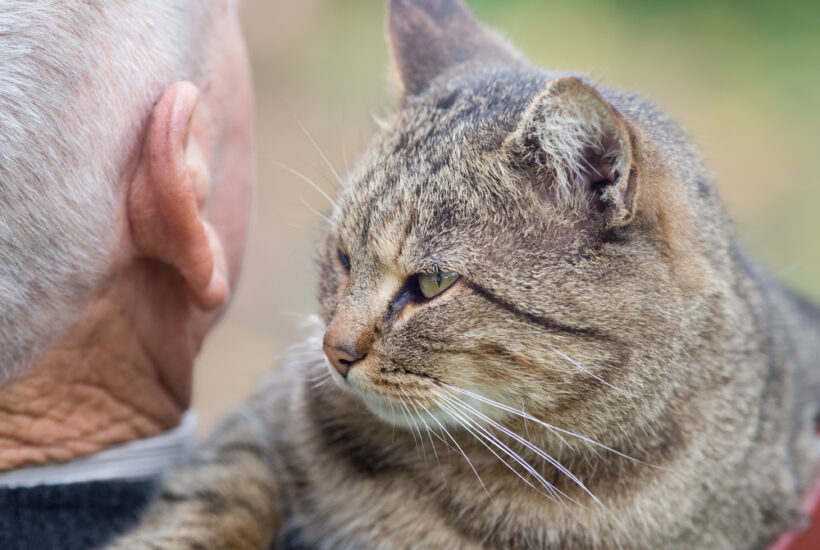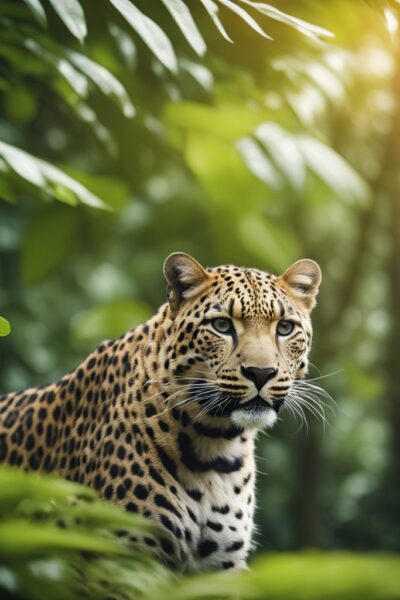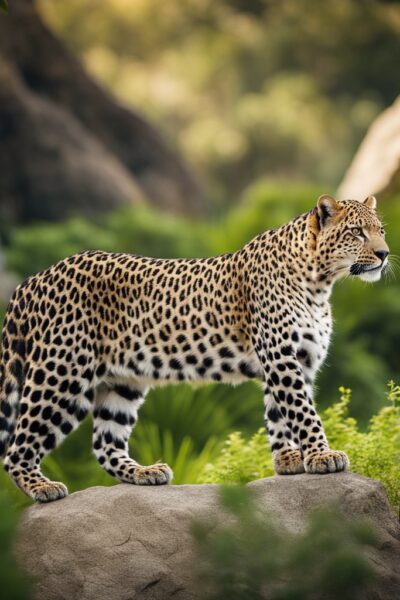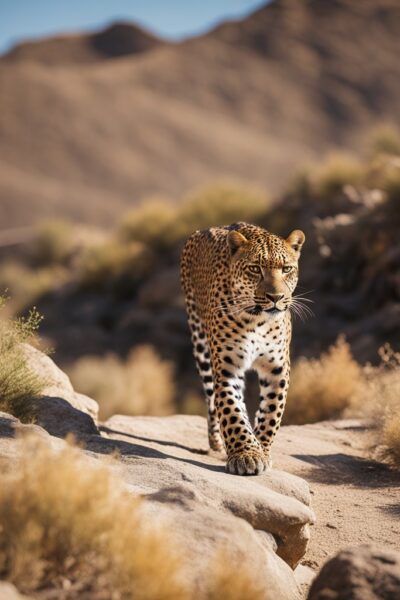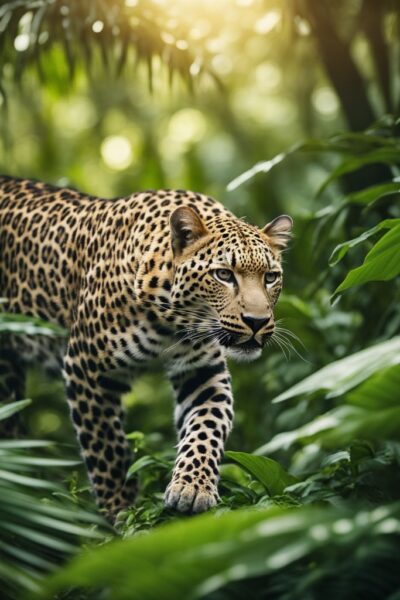Shelter Cat Fostering Reduces Loneliness: Benefits for Older Adults Living Alone A recent study funded by the Human Animal Bond Research Institute (HABRI) found that cat fostering reduces loneliness and improves mental health in older adults who live alone. Researchers from the University of Georgia and Brenau University conducted the study, which was published in the Journals of Gerontology, Series…
Read More
Whisker Fatigue in Cats
Whisker Fatigue in Cats: Causes, Symptoms, and Solutions Whisker fatigue, also known as whisker stress, is a topic often discussed among cat parents and pet professionals. Cats’ whiskers serve as highly sensitive tactile sensors, providing them with crucial information about their environment. These specialized hairs pick up vibrations in the air and detect pressure changes, allowing cats to maneuver in…
Read More
Cats Freeze and Fall Over | Fight, Flight or Freeze
Why Cats Freeze and Fall Over wearing clothes Cats freeze and fall when you place clothing on them due to instinct. The fight, flight, or freeze response refers to the involuntary physiological changes happening in the body and mind when a cat feels threatened. This can cause rapid breathing, tense muscles, and more. The cat freeze and fall response exists…
Read More
Cats Wearing Clothes
Should Cats Wear Clothes? Cats wearing clothes. The question of whether cats should wear clothes is a topic that often sparks debate among pet owners. On one hand, dressing up our feline friends in cute outfits can seem like a fun and adorable idea. On the other hand, it is crucial to consider the impact of clothing on a cat’s…
Read More
Arabian Leopard: The Smallest Leopard
Arabian Leopard: Conservation Efforts and Challenges The Arabian Leopard, scientifically known as Panthera pardus nimr, is a critically endangered subspecies of leopard native to the Arabian Peninsula. Once widely distributed across the region, their population has dwindled to fewer than 200 individuals, resulting in their current critical conservation status. Characterized by a distinct pattern of rosettes on their fur, they…
Read More
Sri Lankan Leopard
Sri Lankan Leopard: Conservation and Coexistence in the Wild The Sri Lankan leopard, scientifically known as Panthera pardus kotiya, is a unique subspecies of leopard found exclusively in Sri Lanka. This magnificent and elusive animal has been an essential part of the island’s ecosystem and holds cultural significance for the locals. Classified as endangered, the Sri Lankan leopard faces various…
Read More
Leopard Names: Spot on Names for Cats
Leopard Names: Choosing the Perfect Name If you’re looking for a leopard name, a snow leopard name or a cute leopard name for your cat, there are plenty of options to choose from. Leopards are known for their might and grace, and their camouflaged fur makes them one of the most fascinating wild cats in the world. As carnivores and…
Read More
Boy Cat Names: Choosing a Male Cat Name
Boy Cat Names: choosing a Male Cat Name Boy cat names range from popular, to classic or humorous. Choosing your purr-fect male cat name takes some thought. Introducing a new cat into your home is a wonderful and exciting experience, particularly when it comes to choosing the perfect name. With over 25% of households in the United States owning cats,…
Read More
Girl Cat Names: Purrfect Female Cat Names
Girl Cat Names: Choosing the Purrfect One Girl cat name selection should be thoughtful carefully considering your cat’s personality. Cats are cherished members of countless households worldwide, and choosing the perfect female cat name is an important part of welcoming them into your family. If you have recently adopted or are planning to adopt a female cat, selecting a suitable…
Read More
Leopard Subspecies : The Nine
The Nine Leopard Subspecies Leopards (Panthera pardus) are one of the most iconic and fascinating big cat species, known for their distinctive spotted coats and remarkable adaptability. These elusive predators can be found across various landscapes, ranging from dense forests to arid deserts, and have evolved into nine distinct subspecies. Understanding the differences between these subspecies is crucial for devising…
Read More
Bali Tiger: Extinct Balinese Tiger
Bali Tiger: Extinct Species and Conservation Lessons Learned The Bali tiger or Balinese tiger, also known as Panthera tigris balica, was a unique subspecies of tiger that once roamed the island of Bali, Indonesia. It boasted distinct physical attributes and behaviors that separated it from its Javanese and Sumatran counterparts. Unfortunately, the Bali tiger was declared extinct in the 1940s,…
Read More
Persian Leopard: Caucasian Leopard
Persian Leopard: Conservation Efforts and Habitat Preservation The Persian leopard, also known as the Caucasian leopard or Central Asian leopard, is a subspecies of leopard native to Western and Central Asia. This fascinating feline is the largest among the leopard subspecies and displays a unique coat pattern. Their fur ranges from a grayish to slightly reddish hue, featuring large rosettes…
Read More
Javan Leopard
Javan Leopard: Conservation Efforts The Javan leopard (Panthera pardus melas) is a unique subspecies of leopard inhabiting the Indonesian island of Java. The leopard has a distinct spotted coat or a recessive phenotype resulting in a black coat adorned with dark black spots and silver-gray eyes, the Javan leopard not only boasts a striking appearance but also plays a vital…
Read More
